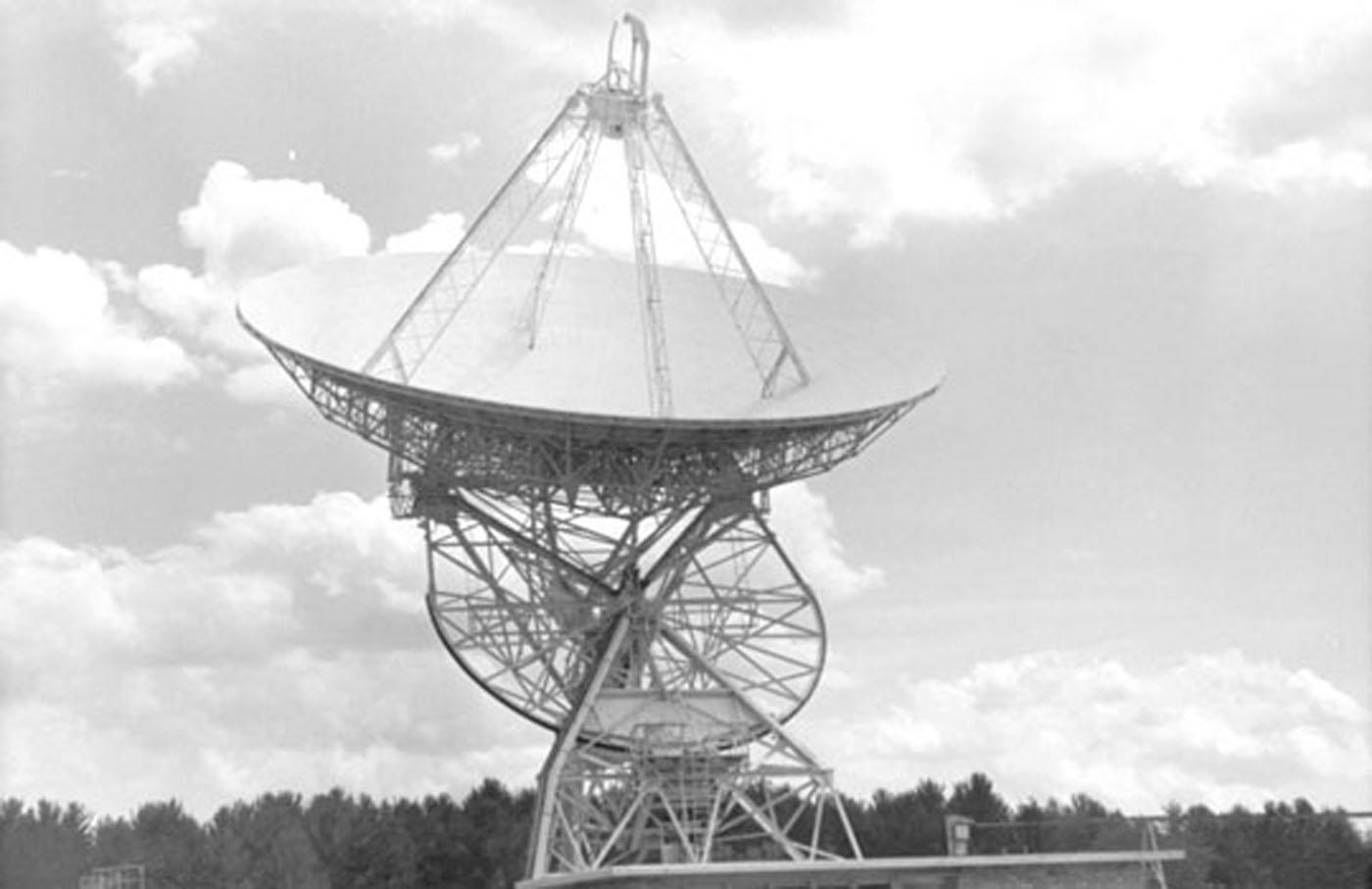
What was it?
The SETI Institute’s Project Phoenix was the most ambitious search for extraterrestrial intelligence ever undertaken. From February 1995 to March 2004, Phoenix conducted three observing campaigns on some of the world’s largest radio telescopes, targeting specific stars for scrutiny. Entirely funded by private donations, Phoenix carried on the mission of the NASA SETI Targeted Search, which was ended by a budget-conscious Congress in 1993.
How did it search?
Unlike most SETI projects, Phoenix did not sweep the sky looking for strong signals but rather pointed telescopes at selected nearby stars, achieving high sensitivity to weak signals. Phoenix also processed data immediately and, within minutes of the original data collection, could follow-up on any candidate signals. The follow-up observation used two widely separated telescopes. This method, unique to Phoenix, eliminated the vast majority of terrestrial interference that plagues other SETI projects.
Project Phoenix used some of the world's largest telescopes (40 to 300 meters in diameter) to search the vicinities of nearby stars for evidence of communications technology. The stars were examined one by one over a portion of the microwave region of the electromagnetic spectrum, 1,200 MHz to 3,000 MHz, with a frequency resolution of 1 Hz for continuous or pulsed signals that might change frequency by up to 1 Hz per second. The capability to detect slowly-drifting signals and the application of near real-time data processing made Project Phoenix the most comprehensive and sensitive SETI program ever conducted.
What did it search?
Project Phoenix observed about 800 stars to a distance of about 240 light years, covering more than a billion frequency channels for each star. Phoenix would have been sensitive to transmitters with power similar to our military airport radars.
Where did the searches take place?
Project Phoenix was conducted at the largest available radio telescopes. These included antennas in Australia, West Virginia, and Puerto Rico. In order to quickly verify whether a signal was truly extraterrestrial or merely earthly interference, Project Phoenix used, whenever possible, a second (generally smaller) telescope located hundreds of miles from the primary instrument.
Observations for Project Phoenix started in 1995 at the Parkes Observatory in New South Wales, Australia. A total of 16 weeks of observing from February through May used the 64 meter antenna at Parkes with the smaller Mopra antenna 200 miles to the north. After upgrades to the electronics, Project Phoenix conducted 36 weeks of observations, from October 1996 to April 1998, at the 140 foot telescope of the National Radio Astronomy Observatory in Green Bank, West Virginia, using a second telescope in Woodbury, Georgia. The equipment was then moved to Arecibo, Puerto Rico, where the search used 2,400 hours of telescope time in 11 twice-yearly sessions from October 1998 to March 2004. The second telescope for the lower frequency (1,200-1,750 MHz) portion of these observations is located at Jodrell Bank Observatory, near Manchester, England.
The observations for the Green Bank campaign could be controlled remotely from the SETI Institute headquarters in Mountain View, California. For all campaigns, the signal processing equipment had to be situated at the main telescopes.
Was it successful?
Project Phoenix was successful in achieving its observing goals. In more than 11,000 hours of observing with telescopes in Australia, West Virginia, and Puerto Rico, Project Phoenix observed more than 800 stars to a distance of about 240 light years. No ET signals were detected.





